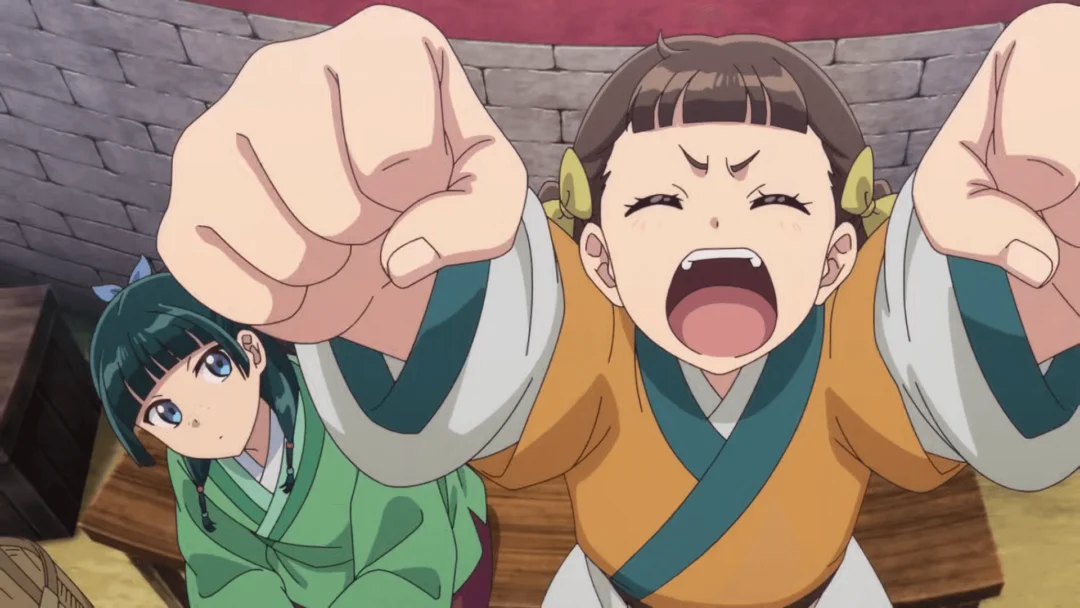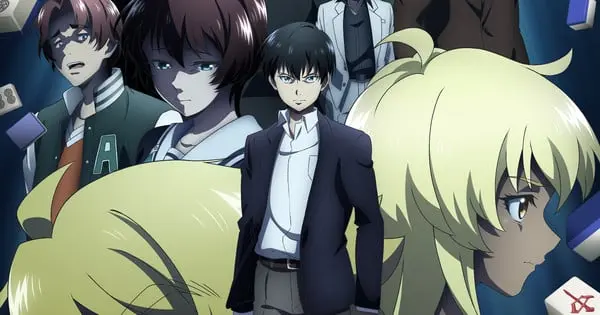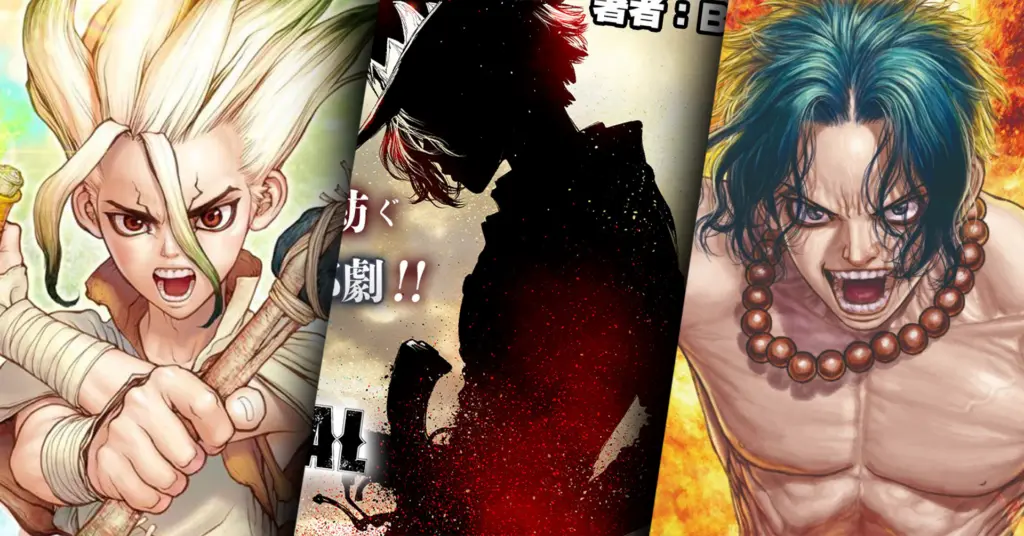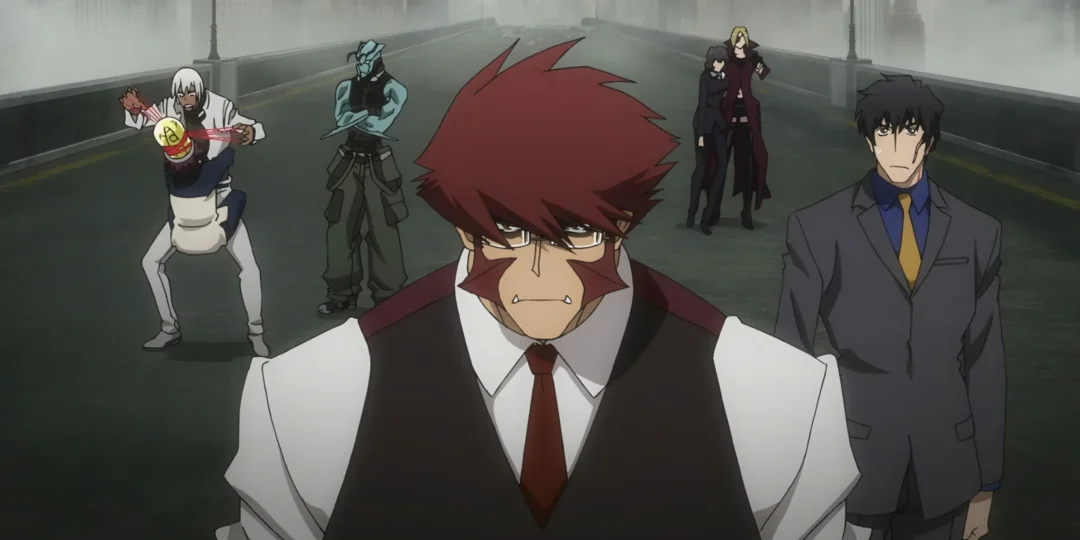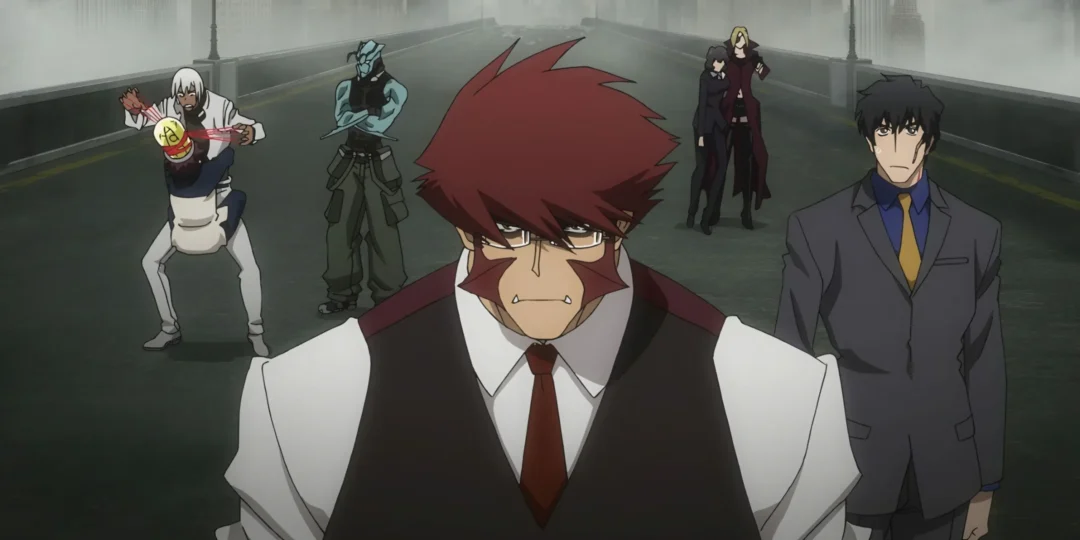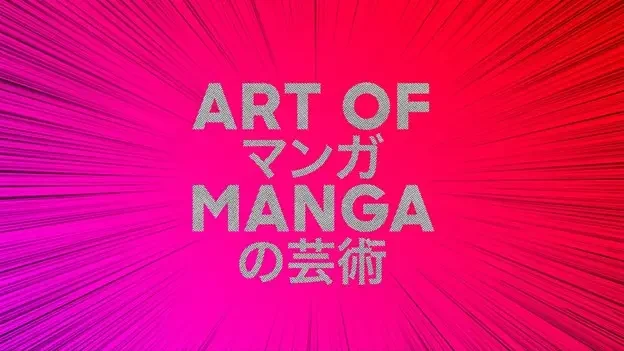The de Young Museum in San Francisco is preparing to host “Art of Manga,” a groundbreaking exhibition that will be the first major exploration of manga as a significant art form in the United States. Opening September 27, 2025, and running through January 25, 2026, the exhibition will feature over 700 original drawings by some of the most influential manga artists. This landmark event is expected to draw considerable attention to the dynamic world of Japanese comics and their impact on global culture.
A Deep Dive into Manga’s Artistry and Cultural Impact
Manga, a term that translates to “pictures run riot,” is a form of Japanese graphic novel known for its bold storytelling and unique visual style. The upcoming exhibition seeks to showcase the rich history and diverse artistic techniques of manga, highlighting its evolution from its roots in 18th and 19th-century Japanese woodblock prints to its modern form. The exhibition will not only present the artistic power of manga but also its deep cultural impact, exploring how it has become a global medium of storytelling and identity.
Exploring Manga’s Historical Roots
The exhibition traces manga’s origins, connecting it to traditional Japanese art forms such as emakimono (illustrated handscrolls) and ukiyo-e woodblock prints. These early forms of visual storytelling laid the groundwork for the development of manga, which would later be influenced by Western comics and satire. This historical overview will give visitors insight into how manga’s visual and narrative techniques evolved over time.
Manga’s Influence on Global Pop Culture
Manga has become a global phenomenon, captivating millions with its vibrant artwork and compelling narratives. Its influence is evident in various forms of media worldwide, including:
- Anime conventions: The sustained growth of anime conventions reflects the large fan base that has embraced manga and its animated counterpart.
- Western comic art: Western artists have incorporated manga-inspired aesthetics, such as speed lines and expressive character designs, into their own works.
- Mainstream literature and cinema: Manga storytelling techniques have been integrated into Western literature and film, demonstrating its profound impact on broader creative fields.
- Video games: The gaming industry has also been significantly influenced by manga, with many video games borrowing art styles and narratives from this medium.
- Fashion and Music: Manga’s unique visuals have inspired trends in fashion and music, with artists drawing from its colorful and imaginative worlds.
Key Artists and Their Works
“Art of Manga” will feature the work of numerous legendary manga artists, providing visitors with a comprehensive view of the art form’s diversity. Some of the key artists include:
- Akatsuka Fujio: Known for his comedic manga Osomatsu-kun.
- Hirohiko Araki: Creator of the iconic JoJo’s Bizarre Adventure series. The exhibition will feature art from various parts of this series, including Phantom Blood up to The JOJOLands, and even his 12 paintings displayed at the Ripples of Adventure Exhibition in 2018.
- Chiba Tetsuya: Famous for his boxing manga Ashita no Joe.
- Oda Eiichiro: The creator of the globally popular One Piece manga.
- Gengoroh Tagame: Renowned for his manga My Brother’s Husband, and his work The Judo Master.
- Takahashi Rumiko: Creator of popular series such as Urusei Yatsura and Ranma ½.
- Tanaami Keiichi: A renowned artist and designer, celebrated for his unique style.
- Taniguchi Jiro: Known for his realistic and detailed works, including The Summit of the Gods.
- Yamashita Kazumi: Well known for their manga The Life of Genius Professor Yanagizawa.
- Yamazaki Mari: Famous for the historical comedy Thermae Romae.
- Yoshinaga Fumi: Acclaimed for her works such as Ooku: The Inner Chambers and Antique Bakery.
The exhibition will not only display original drawings but also delve into the artistic process of manga creation, highlighting the diverse styles, production methods, and social commentary embedded within the stories. Many of the showcased works have never been displayed publicly before, offering a rare opportunity to see the art behind beloved series.
Manga’s Impact on Western Comics and Graphic Novels
Manga’s influence extends beyond its own medium, having a profound effect on Western graphic novels and comic art. Key aspects of this influence include:
- Storytelling techniques: Manga introduced longer-form storytelling, with complex plots spanning multiple volumes, leading to deeper character development and intricate world-building in Western graphic novels. This contrasts with the more episodic format of traditional Western comics, influencing creators to embrace multi-volume sagas.
- Visual aesthetics: The distinctive art style of manga, characterized by large, expressive eyes, detailed line work, and dynamic panel layouts, has been adopted by Western artists, creating a unique fusion of East and West. Techniques like speed lines and exaggerated expressions have become commonplace in Western comics inspired by manga.
- Genre Expansion and Diversity: Manga’s wide array of genres, including romance, horror, fantasy, and slice-of-life, has helped diversify the themes and stories explored in Western graphic novels, moving beyond the traditional focus on superheroes and action-oriented narratives.
- Cross-Cultural Exchange: Western artists have integrated Japanese techniques into their work, while manga has embraced elements of Western storytelling, resulting in a synergistic relationship.
The Rise of Amerimanga
The influence of manga has also led to the creation of “Amerimanga,” American comics that are heavily influenced by manga styles. This subgenre showcases the fusion of manga and Western comic traditions, with artists developing unique styles that blend both worlds. These works demonstrate the global reach of manga and its ability to inspire creativity across cultures.
The Broader Cultural Significance
The exhibition also seeks to explore the cultural significance of manga, highlighting how this art form reflects social shifts and identity. By prioritizing images and line over text in its storytelling, manga creates an ease of understanding that enables a global readership to enjoy the same stories. This accessibility has been instrumental in manga’s worldwide popularity and its role in bridging cultural divides.
Manga as a Form of Cultural Export
Manga has become a significant cultural export, introducing elements of Japanese culture to a global audience. It provides a unique lens into Japanese life, while also reflecting the evolving tastes of global pop culture. This has helped manga move from a national treasure to an influential cultural force, shaping media landscapes worldwide.
Future of Manga
The exhibition will also touch on the future of manga, highlighting its increasing popularity and reach through online platforms. It will explore how new artists and writers are constantly pushing the boundaries of storytelling and art, while also showcasing the growing diversity and representation within the medium.
A Rare Opportunity
“Art of Manga” at the de Young Museum promises to be a landmark exhibition, offering visitors a rare opportunity to immerse themselves in the rich world of manga. By showcasing original drawings, exploring the art form’s history, and highlighting its global impact, the exhibition aims to deepen the understanding of manga as a significant visual and narrative medium. For those unfamiliar with manga, it provides a chance to become “fluent” in reading manga, while also enjoying some of the best works of the art form. This exhibition is a testament to the cultural exchange between Japan and the United States and the universal appeal of compelling visual storytelling.

